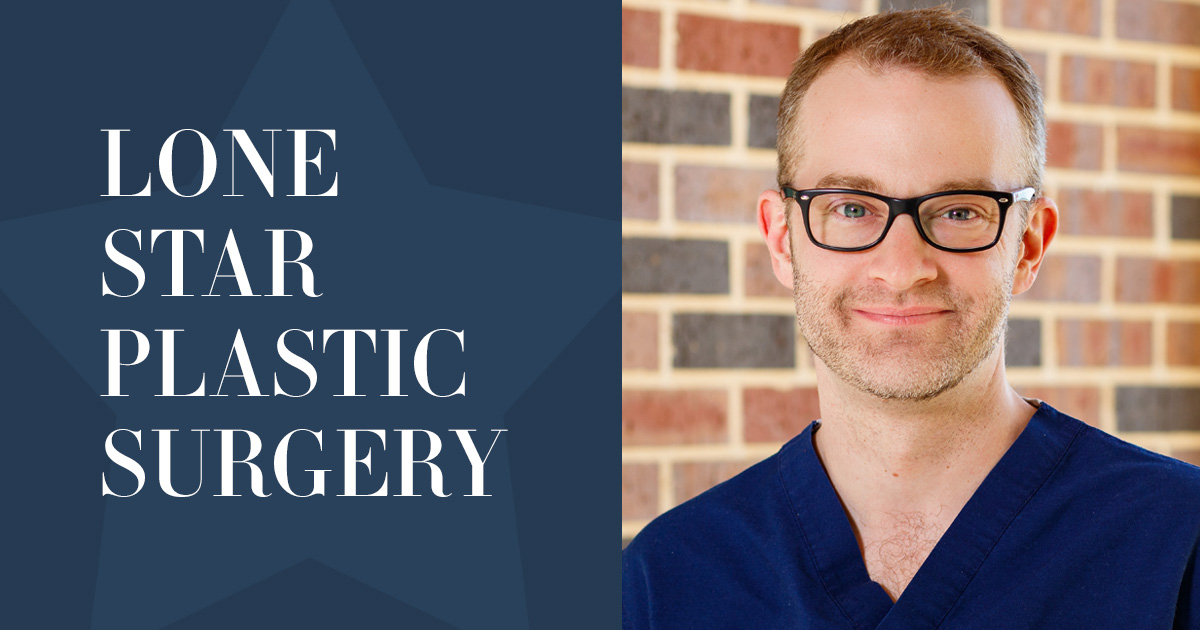What Is Blepharoplasty?
Blepharoplasty is a surgical procedure that enhances the appearance of the eyelids by removing excess skin, fat, or muscle. It can target:
- Upper eyelids: To correct drooping skin that may impair vision or create a tired look.
- Lower eyelids: To reduce puffiness, bags, or wrinkles under the eyes.
- Both eyelids: For a balanced, harmonious rejuvenation.
The procedure is popular among those seeking a refreshed appearance, as the eyes are a focal point of the face and often one of the first areas to show signs of aging.
Why Consider Eyelid Surgery?
The eyes convey emotion and vitality, but aging, genetics, or lifestyle factors can make them appear tired or older than you feel. Here are common reasons people choose blepharoplasty:
1. Aesthetic Improvement:
- Eliminates droopy or hooded upper eyelids.
- Reduces under-eye bags and puffiness.
- Smooths fine lines and wrinkles around the eyes.
2. Functional Benefits:
- Improves peripheral vision obstructed by sagging eyelid skin.
- Relieves discomfort from heavy eyelids.
3. Boosted Confidence:
- A rejuvenated appearance often enhances self-esteem, helping you feel as vibrant as you are inside.
4. Subtle, Natural Results:
- When performed by a skilled surgeon, blepharoplasty enhances your natural beauty without looking “overdone.”
Who Is a Good Candidate?
Blepharoplasty is suitable for healthy adults who have realistic expectations and specific concerns about their eyelids. Ideal candidates may:
- Be bothered by excess eyelid skin, puffiness, or bags.
- Have no serious eye conditions (e.g., glaucoma or severe dry eye).
- Be non-smokers or willing to quit temporarily, as smoking can affect healing.
- Understand the procedure’s risks and benefits.
During a consultation, your surgeon will assess your medical history, facial anatomy, and aesthetic goals to determine if blepharoplasty is right for you.
What Are the Different Types of Blepharoplasty?
Upper Blepharoplasty
- Addresses sagging skin and fat in the upper eyelids.
- Involves a small incision hidden in the natural eyelid crease.
- Often improves both appearance and vision.
Lower Blepharoplasty
- Targets under-eye bags, puffiness, or wrinkles.
- Incisions are made just below the lash line or inside the eyelid (transconjunctival approach) for minimal scarring.
- May include fat repositioning for a smoother contour.
Double Eyelid Surgery
- Common in Asian blepharoplasty, this creates a defined upper eyelid crease for larger, brighter-looking eyes.
- Customized to preserve cultural and individual identity.
Combination Procedures
- Often paired with a brow lift, facelift, or skin resurfacing for comprehensive facial rejuvenation.
What to Expect During Your Blepharoplasty Procedure
Blepharoplasty is typically performed as an outpatient procedure under local anesthesia with sedation or general anesthesia, depending on the extent of surgery. Here’s a breakdown:
Preparation:
- Your surgeon will mark the eyelids to guide incisions, ensuring natural-looking results.
- Anesthesia is administered for comfort.
Surgery:
- For upper eyelids, excess skin, fat, or muscle is removed through a discreet incision in the eyelid crease.
- For lower eyelids, fat is repositioned or removed, and skin is tightened via an incision below the lashes or inside the eyelid.
- The procedure usually takes 1–2 hours.
Closing:
- Incisions are closed with fine sutures, adhesive, or surgical tape.
- Scars are strategically placed to be nearly invisible once healed.
Recovery and Aftercare from a Blepharoplasty
Recovery from blepharoplasty is relatively straightforward, but following your surgeon’s instructions is key to optimal results. Here’s what to expect:
First Week:
- Mild swelling, bruising, or discomfort around the eyes is normal.
- Cold compresses and prescribed ointments help reduce swelling and protect incisions.
- Keep your head elevated and avoid rubbing your eyes.
- Sutures (if used) are typically removed within 5–7 days.
Weeks 2–4:
- Swelling and bruising subside, revealing your refreshed appearance.
- Most patients return to work and light activities within 10–14 days.
- Avoid strenuous exercise, heavy lifting, or contact lenses for 2–3 weeks.
Long-Term:
- Full results emerge within 3–6 months as residual swelling fades.
- Scars continue to soften and blend into natural skin folds over time.
Tips for a Smooth Recovery from a Blepharoplasty
- Wear sunglasses to protect your eyes from sun and wind.
- Stay hydrated and eat a balanced diet to support healing.
- Avoid smoking and alcohol, which can delay recovery.
Blepharoplasty Risks and Considerations
Like any surgery, blepharoplasty carries potential risks, though complications are rare when performed by a board-certified plastic surgeon. Possible risks include:
- Temporary blurred vision or dry eyes.
- Infection, bleeding, or scarring.
- Asymmetry or difficulty closing the eyes (usually temporary).
- Rare complications like changes in eyelid sensation or ectropion (outward-turning eyelid).
To minimize risks, choose a qualified surgeon with extensive experience in eyelid surgery and follow all pre- and post-operative instructions.
What is the Cost of a Blepharoplasty?
The cost of blepharoplasty varies based on factors like location, surgeon expertise, and whether you’re addressing upper, lower, or both eyelids. In the U.S., prices typically range from $3,000 to $7,000, including surgeon fees, anesthesia, and facility costs. If the procedure is deemed medically necessary (e.g., for vision obstruction), insurance may cover part of the cost for upper eyelid surgery. Always discuss pricing and financing options during your consultation.
Choosing the Right Surgeon
Your results depend heavily on your surgeon’s skill and experience. Here’s how to find the right one:
- Board Certification: Look for a surgeon certified by the American Board of Plastic Surgery or equivalent.
- Experience: Ask about their specific experience with blepharoplasty and review before-and-after photos.
- Communication: Choose a surgeon who listens to your goals and explains the procedure clearly.
- Reviews: Check patient testimonials and online reviews for insights into their practice.
A thorough consultation is your chance to ask questions, discuss concerns, and ensure you feel confident moving forward.
Emotional Impact of Blepharoplasty
Beyond the physical changes, blepharoplasty can have a profound emotional impact. Patients often report feeling more youthful, confident, and energized after surgery. The subtle yet powerful transformation can make you look as vibrant as you feel, enhancing both personal and professional interactions. Imagine waking up each day to eyes that reflect your inner vitality—it’s a small change that can make a big difference.
Frequently Asked Questions
How long do results last?
Results are long-lasting, often 10–15 years or more for upper eyelids. Lower eyelid surgery may not need to be repeated. However, aging continues, and lifestyle factors like sun exposure can affect longevity.
Will it leave noticeable scars?
Incisions are carefully placed in natural creases or inside the eyelid, making scars nearly invisible once healed.
Can it be combined with other procedures?
Yes, blepharoplasty is often paired with Botox, fillers, laser resurfacing, or other surgeries for enhanced results.
When can I wear makeup again?
Most patients can resume wearing eye makeup after 2–3 weeks, once incisions are fully healed.
Taking the Next Step
If you’re ready to explore blepharoplasty, the first step is scheduling a consultation with a board-certified plastic surgeon. This is your opportunity to discuss your goals, learn about your options, and create a personalized plan. Bring a list of questions, photos of your desired look, and an open mind—your surgeon is there to guide you toward the best outcome.
At Lone Star Plastic Surgery, we’re passionate about helping you achieve a refreshed, confident appearance through expert care and personalized attention. Call us today at (214) 937-4879 or request your consultation online to start your journey to brighter, more youthful eyes.







Leave a Reply